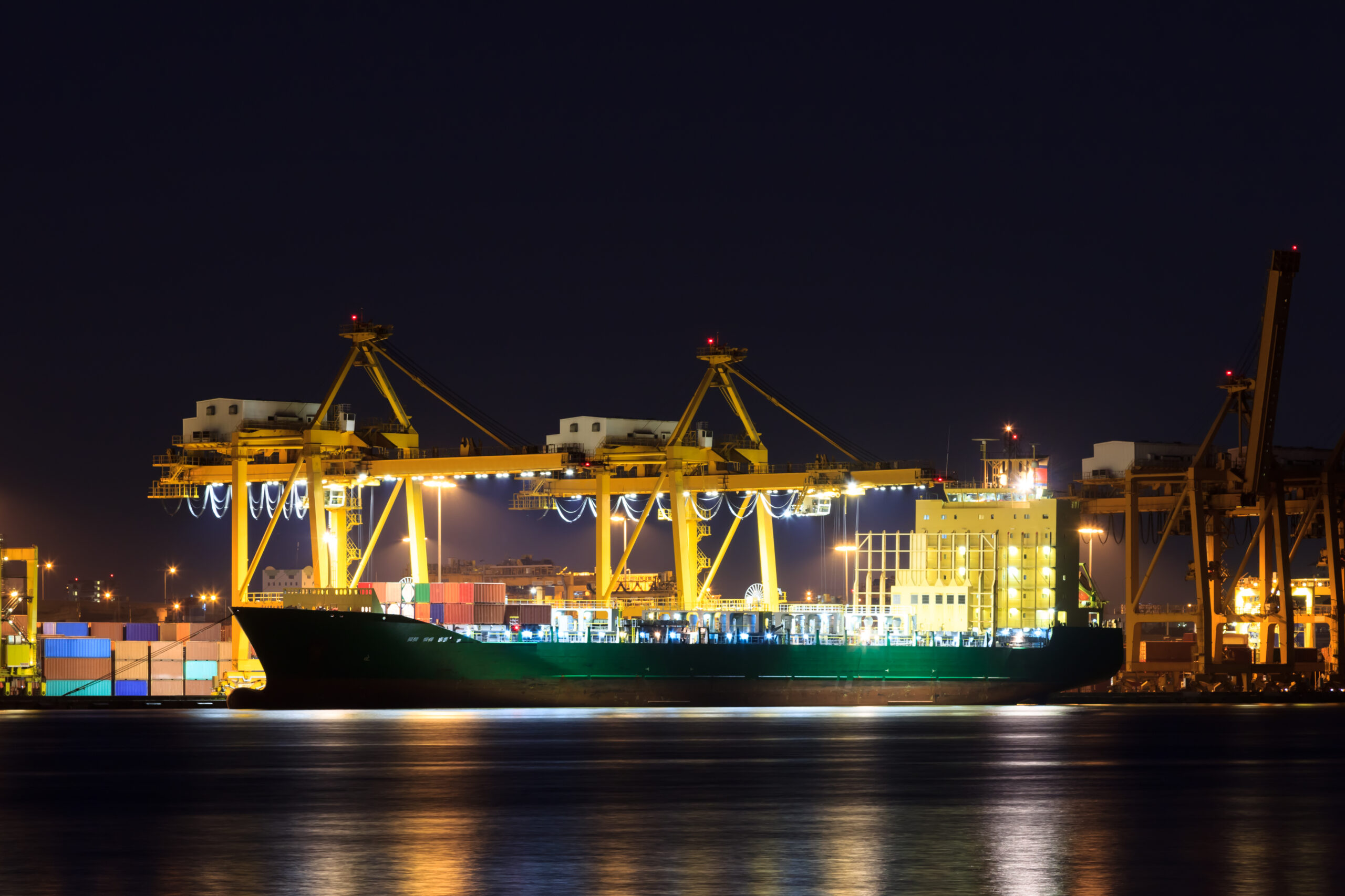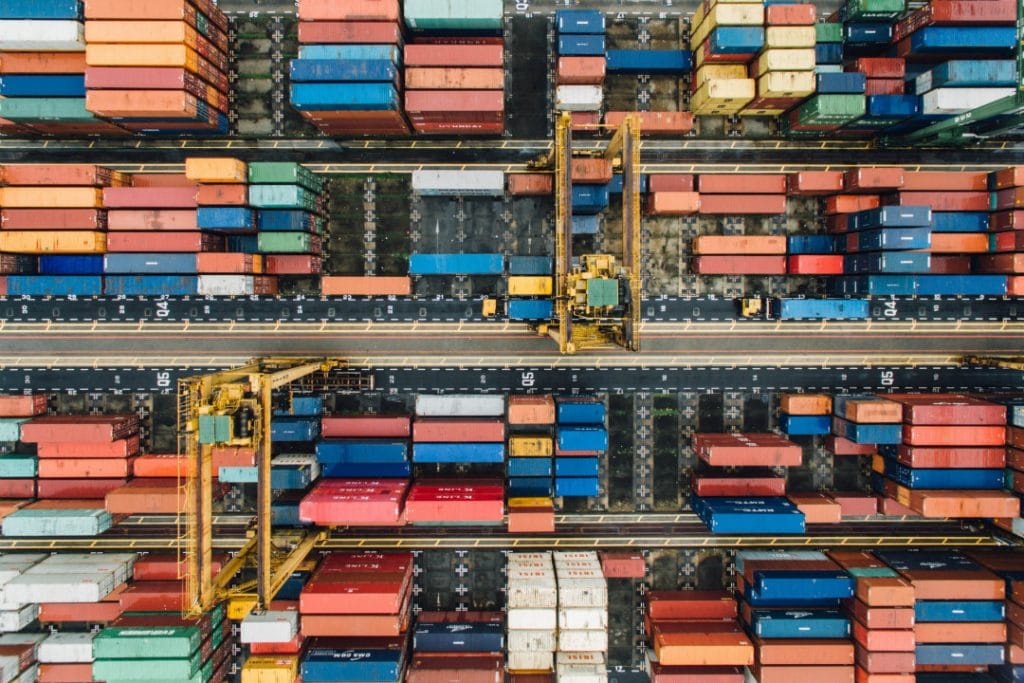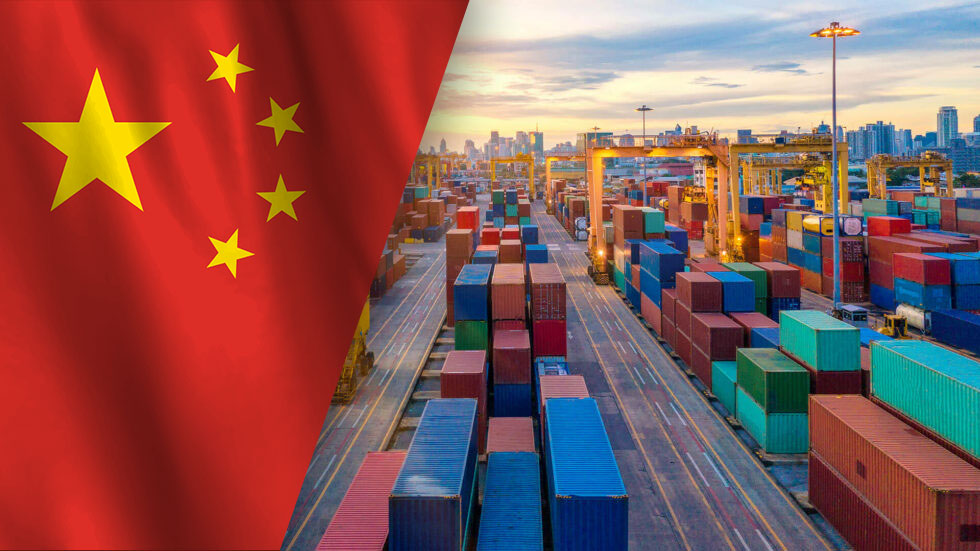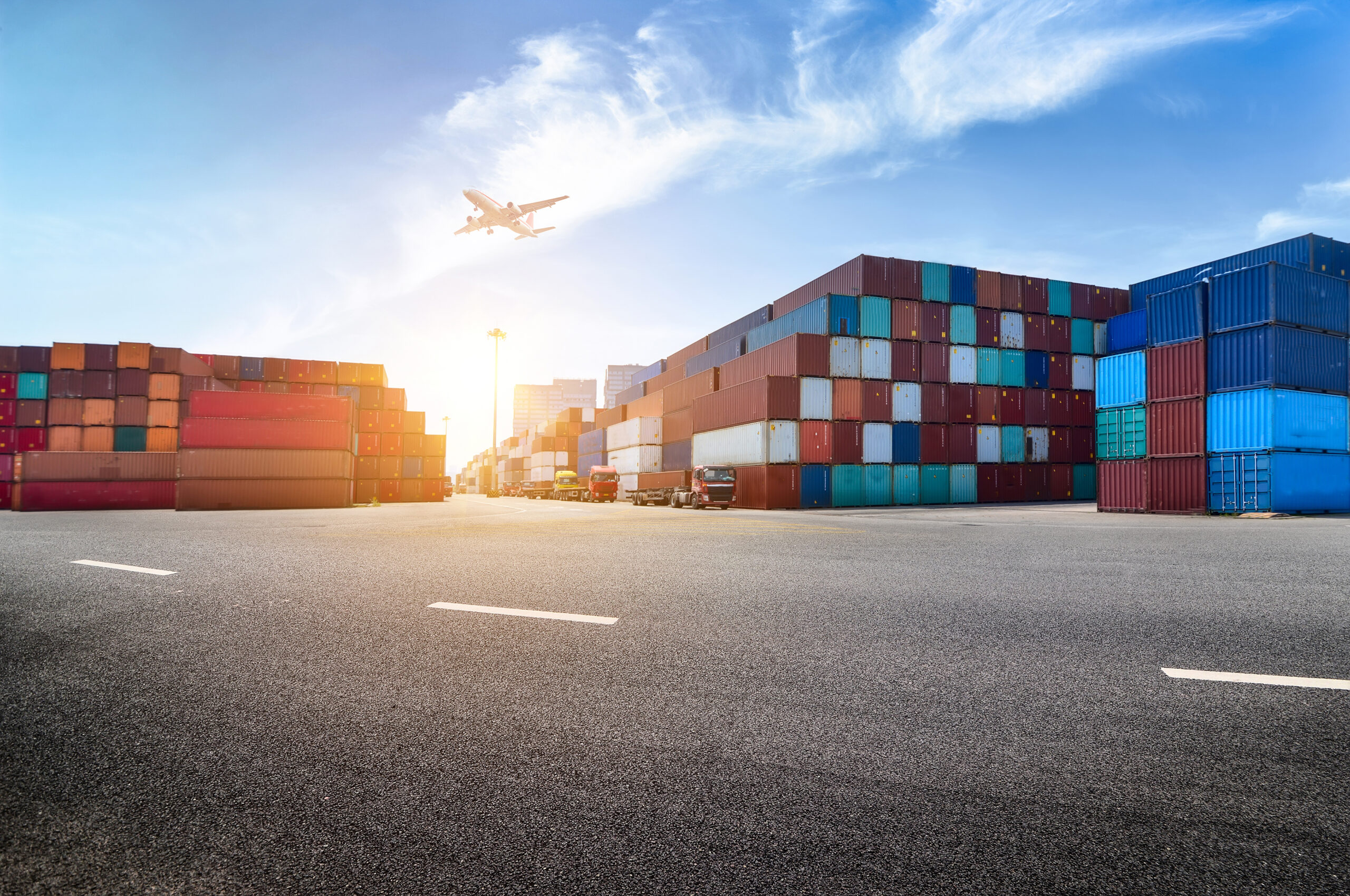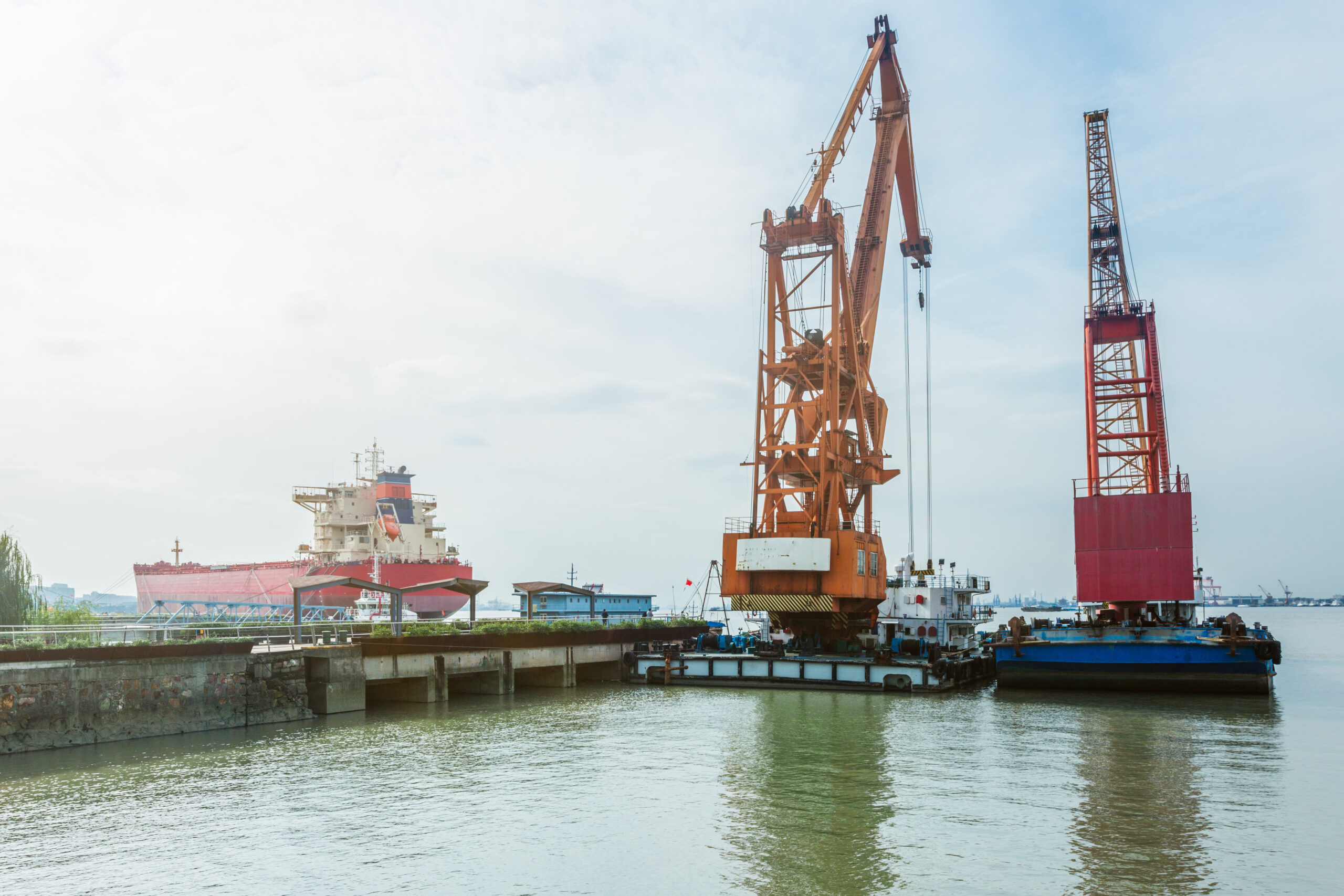A cyberattack on Expeditors International of Washington has shut down its online operations, leaving many shippers unable to secure bookings or receive shipment information. The Port of Charleston introduced a temporary embargo on exports as it continued to struggle with port space. The Port of Oakland faces a large stadium project proposal that may be built on its vacant Howard Terminal. U.S. DOT announces close to $450 million in funding for port-related projects, and analysts find that transloading was not the cause for the dip in SoCal IPI.
Temporary Export Embargo Introduced Due to Major Congestion in Charleston
On Thursday and Friday the 24th and 25th of February, the Port of Charleston refused loaded exports at its Waldo Welch Terminal. The refusal of loaded exports at Waldo Welch Terminal was due to critically low amounts of free space. Space is currently occupied by an overwhelming number of empty import containers that cargo owners are not picking up on time.
According to the South Carolina Ports Authority, the embargo ran from 5 a.m. until noon on both days. However, it was still accepting empty containers and temperature-cooled loads. On Wednesday the 23rd, there were as many as 31 vessels anchored offshore at Charleston, an increase from the 19 that were queued on the 9th, just two weeks earlier.
Port officials now estimate that it will take until April to clear the backlog of ships, pushing the date back one month from the original estimation of March. It is unclear whether this date will shift again in the future, as the terminal continues to deal with record numbers of containers.
Earlier this month, Waldo Welch Terminal had over 22,000 import containers, one-third of which went unclaimed for more than 15 days. The Port of Charleston is now moving the longest-dwelling containers by barge to the Leatherman and North Charleston terminals in an attempt to create more space.
Proposed Stadium Could Worsen Congestions at Oakland’s Port
The International Longshore and Warehouse Union (ILWU) and organizations that represent shipping lines, terminal operators, the drayage industry, and western U.S. railroads are asking the Port of Oakland to find a way to prevent a 35,000-seat stadium from being built on its property. The proposed stadium is planned for the vacant Howard Terminal. However, there are fears that the stadium’s traffic could substantially impact the port’s own rail and truck movements.
The stadium already has the support of both the mayor and city council after passing an environmental impact assessment on February 18. Construction may begin as early as mid-2023.
Members of the ILWU argue that the space would be better used for cargo, especially with the expectation that trans-Pacific trade will continue to increase over the next decade. The port’s fiscal budget was increased by 7.6% compared with last year, indicating an investment in further growth by the Oakland Board of Port Commissioners.
Port officials are assuring the transportation community that the project will not go ahead if it is shown that the stadium will interfere with port traffic and commerce. And while technically vacant, Howard Terminal generates around 400,000 gate moves a year as it serves as a trucker surge yard and temporary storage facility.
SSA Marine, who signed a deal with the Port of Oakland to spend $1 billion over the next decade and handles approximately 65% of Oakland’s total annual container volume, also opposes the project, as it is causing concerns amongst SSA’s carrier tenants regarding port access.
New Port Infrastructure Funding Announced by U.S. DOT
Close to $450 million in funding for port-related projects through the Port Infrastructure Development Program (PIDP) was announced by the U.S. Department of Transportation’s Maritime Administration (MARAD). The grant is the largest investment made so far and nearly double last year’s investment in PIDP. The funds are intended to help expand port capacity while improving the transit of goods through entire supply chains.
The investment is a part of the new Bipartisan Infrastructure Law. In total, $17 billion will be invested into the nation’s ports and waterways. A press release from MARAD stated that:
“The historic investments made by the Bipartisan Infrastructure Law will help remove bottlenecks by enabling ports to expand capacity and improve intermodal connections.”
The increased government investments are necessary for propping supply chains back up throughout the country after the effects of a rapid economic recovery in 2021 and this year that led to congested ports and overwhelmed supply chains.
Reduction in Southern Californian IPI Not Caused by Increased Transloading
The start of 2022 has seen Inland Point Intermodal (IPI) activity fall sharply in Southern California. According to the Intermodal Association of North America’s (IANA) ETSO database, the movement of ISO containers east of the Rockies from the IANA Southwest Region (including California, Nevada, and Arizona) has dropped 30% compared with Q4 2021.
While many supply chain professionals have suggested a preference for transloading options caused this, the ETSO database indicates three factors that each contributed to the sharp decline. One clue supporting this is that transload’s shares of import TEU don’t equate to or coincide with the significant drop in ISO containers.
The first reason is that the urgency experienced by beneficial cargo owners to get delayed products onto shelves for the holiday season meant many chose expedited long-haul trucking over ISO containers.
The second reason is that freight destined for the country’s interior was likely rerouted elsewhere to avoid points of heavy congestion in the Southwest regions.
The third possible reason is that IPI has been discouraged by some ocean carriers to keep their containers close to port. By doing so, they can quickly reload with the empty containers for their return journey back to their origin to increase their revenue.
Each of these possibilities likely worked in tandem to create the drop in IPI activity rather than increased transloading activity being the driving factor.

